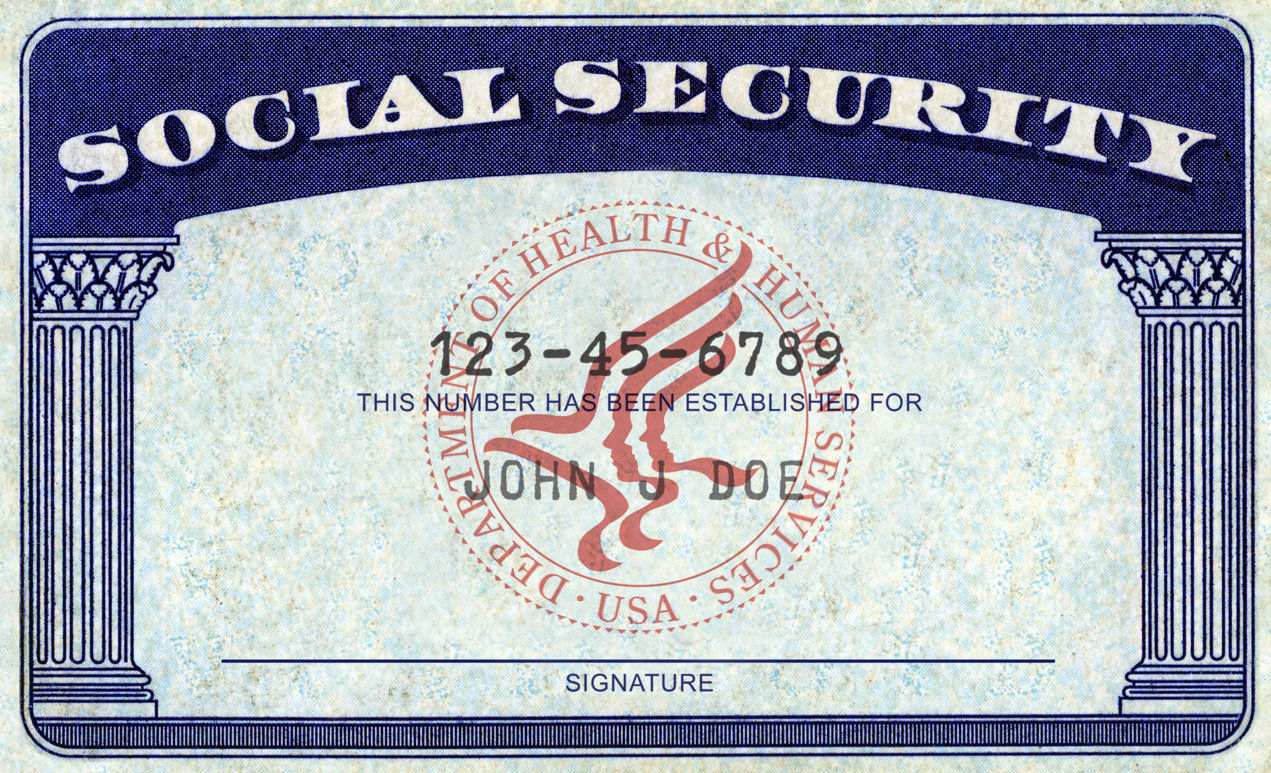
David J. Kupstas, FSA, EA, MSEA Chief Actuary
Retirees on Social Security may soon be able to afford an extra cup of coffee or sandwich each month, but not much else. The Social Security Administration announced this week that monthly Social Security and Supplemental Security Income (SSI) benefits for more than 65 million Americans will increase 0.3 percent in 2017.
For the average retired worker, this represents a $5 increase in monthly benefit, from $1,355 to $1,360. For an average aged couple both receiving benefits, the increase is $6, from $2,254 to $2,260. It remains to be seen whether there will be an increase in Medicare premiums. For some retirees, the small increase in Social Security benefits could be partially or completely offset by the increase in Medicare premiums.
It was also announced that the Social Security Taxable Wage Base will increase a whopping 7.34%, from $118,500 to $127,200. The wage base is the maximum amount of earnings subject to Social Security tax. A worker whose compensation exceeds the new threshold will pay an additional $539 in payroll tax in 2017. The employer would also pay $539 more next year.
The wage base is commonly used in qualified retirement plans. “Integrated” profit sharing plans may allow greater contributions as a percentage of pay to those whose pay exceeds the wage base, for example.
There are a couple of reasons why the wage base increased so dramatically when the monthly benefit barely went up. First, the formula for raising the level of taxable earnings is based on wage growth, while benefit adjustments are based on price growth.
Second, the increase in the wage base reflects two years of wage growth, not one. There was no cost-of-living adjustment in monthly benefit in 2016; by law, there could also be no increase in the wage base. Since there is a cost-of-living adjustment for benefits in 2017, the 2016 wage base increase that was deferred is now being rolled into the 2017 increase. The $8,700 increase is the largest annual dollar increase in Social Security history, while the 7.34% increase is the largest on a percentage basis since 1983.
The press release announcing these increases is here. Here is a fact sheet showing the effect of the various automatic adjustments.
See also: Deciding When to Start Collecting Social Security



